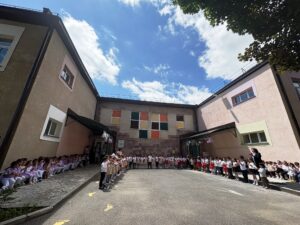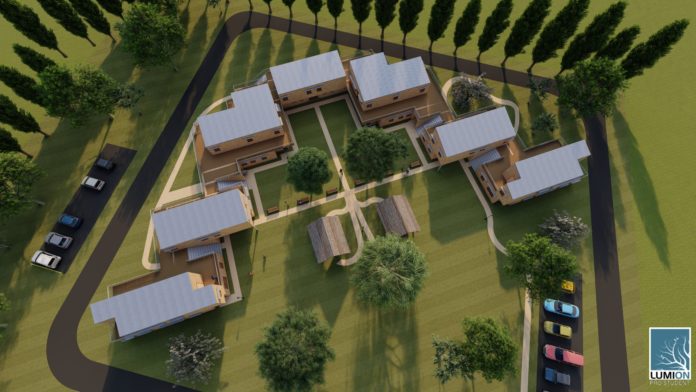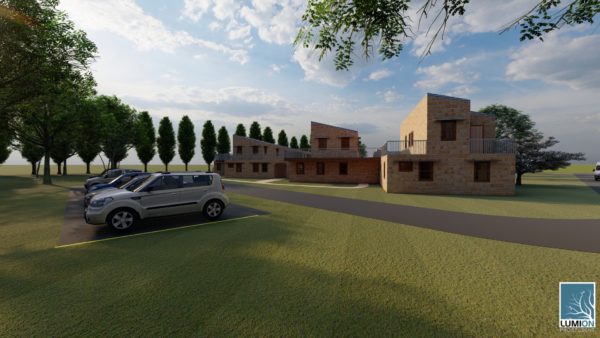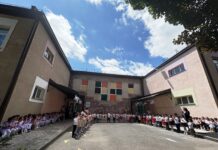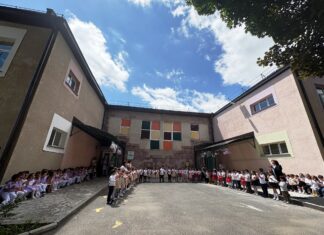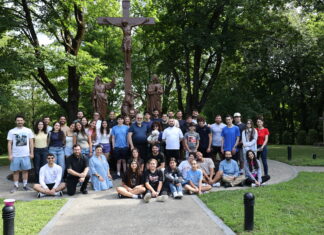WORCESTER, Mass. — Last April, three architectural engineering students from Worcester Polytechnic Institute (WPI) submitted their design for a modular home project for Artsakh war refugees as their major qualifying project (MQP), the capstone project needed for graduation. The work was impelled by the concept of “humanitarian architecture” as the Artsakh war began in 2020.
Students James Valentine, Katherine Bishop and Lara Varjabedian worked for one year with help from the WPI Armenia Project Center, professors, and various professionals in different fields.
Concerned by the effects of the war, Varjabedian, the only Armenian on the team, initiated the concept and the trio began their year-long collaboration. “I started to think about this the minute the Artsakh war began,” stated Varjabedian, who graduated from WPI in May 2022.
Valentine and Bishop, both architectural engineering students, had only heard a few things about the situation in Artsakh. “It was pretty insane to me that something like this could be happening in the world, and it wasn’t making mainstream news,” Valentine recalled. “But I also felt hopeful that we would now have an opportunity with our project to maybe make a real impact in helping those that were hurting and being displaced,” he added.
“Having two non-Armenian students committed was even more significant. They did their own research about the situation. It was very heartwarming that non-Armenians were actually very curious to find out about what was happening and wanted to help,” Varjabedian said.
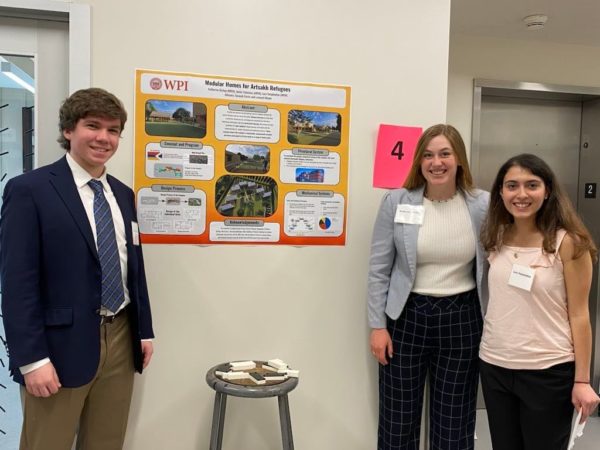
Humanitarian Architecture
